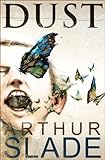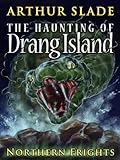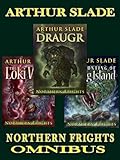What? Where did those two years go? Back in February 5th of 2011 I launched my novel DUST as an ebook (for sale in the US and UK, because those are the countries where I owned the rights myself).
Those were heady days! But I've blogged about them on previous occasions, so I won't retread that ground. Just start reading from the beginning or skip ahead to the amazing 1 1/2 year report.
Well not much has changed in the last six months. Overall I've sold 8406 copies of my ebooks. Last year that grossed me around $6000. That's like sixty iPods! I could wear them as an iPod suit. Anyway, I expect my ebook income to drop this year. Why? Because as I've noted before there has been a downward trend in my sales since my last report. Here's an amazing graphic to show that...
Hey, that number in the bottom keeps going down each month. 249 copies seven months ago. 53 copies sold last month. I do think there is much more competition out there now and that there was a big blitz on sales while everyone and their pet got an eReader then filled it up. And the drop in sales is also because of the algorithmic changes Amazon made to how they weight the price of books on the sales chart (if you sell a 9.99 book, it'll jump higher up the sales chart than a .99 cent book). It became harder for my books to climb the charts and get noticed by buyers.
Yet, I'm happy with the sales. It's still passive income for me that will go on as long as there are eReaders in the world. I really don't do much extra work to earn that income. And I'm very much a less work for more money kind of guy! Art As a public service I'll attach these clickable links to my books, including the two "grown up" books I've published under the name Stephen Shea. If a book isn't available in your area as an ebook, it's because I'm still negotiating the erights for that book. So sorry for any confusion.
















 It turns out the doomsday theorists were right. The world will end.
Not today. Or tomorrow. They just had the timing a little bit off. In 4 to 7.9 billion years the sun will become a red giant. No, this is not a character from D&D with a thousand hit points (though that would be awesome). It means the sun will blush, turn red and slowly expand outwards as if it had just consumed 10 trillion turkeys. Speaking of consuming things, this giant red star will either consume the Earth or the Earth will be knocked to a more distant orbit. No, the Earth won't go flying around the galaxy like the moon did in Space 1999. That was a TV show.
It turns out the doomsday theorists were right. The world will end.
Not today. Or tomorrow. They just had the timing a little bit off. In 4 to 7.9 billion years the sun will become a red giant. No, this is not a character from D&D with a thousand hit points (though that would be awesome). It means the sun will blush, turn red and slowly expand outwards as if it had just consumed 10 trillion turkeys. Speaking of consuming things, this giant red star will either consume the Earth or the Earth will be knocked to a more distant orbit. No, the Earth won't go flying around the galaxy like the moon did in Space 1999. That was a TV show.

